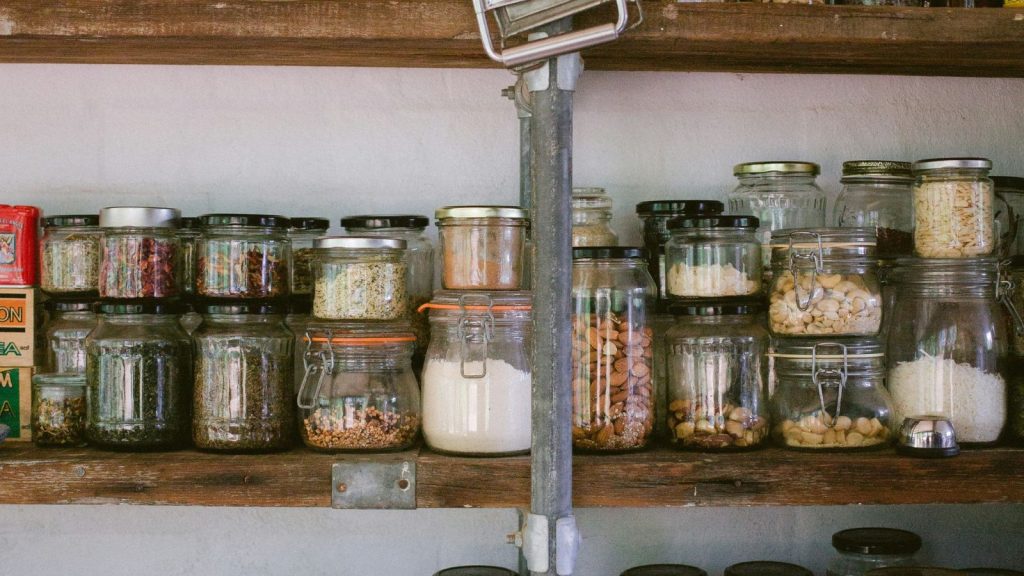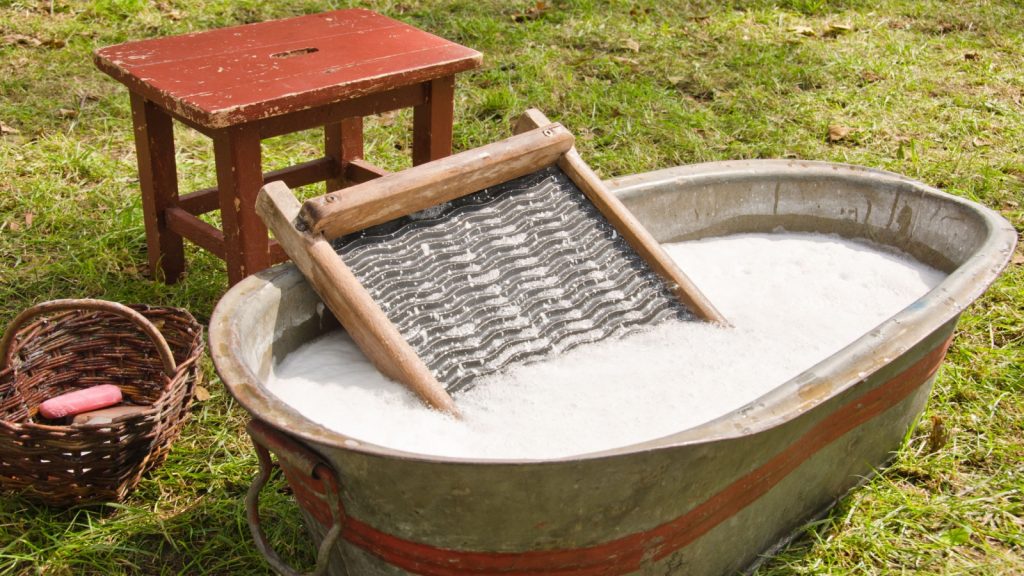We’ve all been there – digging through a cluttered pantry, knocking over half-empty boxes to find what we need for dinner. Building a pantry that actually works in daily life isn’t just about cramming shelves full of food. It’s about creating a system that makes cooking easier, saves money, and keeps your family fed even when grocery runs get complicated.
A good pantry starts with understanding how your family actually eats. We realized this a few years back when we kept buying ingredients for elaborate meals we never had time to cook, while our kids grabbed snacks from three different cabinets scattered around the kitchen. Our pantry looked organized on Pinterest, but it wasn’t serving our real life.

Zoning Your Pantry for How You Actually Cook
The secret to a functional pantry is zoning – grouping ingredients by how you use them, not just by food type. We learned this lesson after constantly hunting for baking supplies spread across four different shelves. Now we organize by function, and it’s made all the difference.
Our daily cooking zone sits at eye level and contains the ingredients we use three to four times a week. This includes our most-used spices, cooking oils, pasta, rice, and canned tomatoes. We keep these in clear containers so we can see when we’re running low (not the tomatoes). There’s nothing worse than starting dinner only to discover you’re out of olive oil.
The baking zone gets its own shelf, complete with flour, sugar, baking powder, vanilla, and chocolate chips. Everything for cookies, muffins, or quick breads lives together. We use a clear storage bin to corral smaller items like food coloring and sprinkles – things that used to disappear into the pantry abyss.
Our emergency backup zone holds duplicate items and longer-term storage foods. This includes extra pasta boxes, backup peanut butter, and our shelf-stable ingredients like powdered milk and canned meat. These items don’t move much, so they can live on higher or lower shelves that aren’t as convenient.
Storage Solutions That Actually Work
We’ve tried every organizational gadget imaginable, and most ended up creating more work, not less. The systems that stuck are surprisingly simple.
Clear storage containers are worth the investment, but only for items you use regularly. We transfer flour, sugar, rice, and pasta into large clear bins with tight-fitting lids. This keeps pests out, lets us see quantities at a glance, and makes the pantry look more organized. However, we don’t decant everything – specialty items that we use infrequently stay in their original packaging to avoid confusion.
Lazy Susans work great for oils, vinegars, and condiments that tend to get lost in the back of deep shelves. We put one on each shelf that’s deeper than 12 inches. No more buying a third bottle of soy sauce because we couldn’t find the first two.
Bins with handles are perfect for corraling like items. We use them for snack bars, soup mixes, and pasta sauce jars. When you need something from that category, you pull out the whole bin, grab what you need, and slide it back. It’s faster than moving individual items around.
Building Your Foundation Stock

A working pantry needs reliable foundation ingredients that let you pull together meals without a grocery run. These aren’t exotic items – they’re the basic building blocks that let you cook flexibly.
Our protein foundation includes dried beans, lentils, canned chicken and tuna, eggs, and some type of shelf-stable dairy like powdered milk or evaporated milk. We always keep bacon or pancetta around because a little bit transforms simple pasta or beans into something satisfying.
For grains and starches, we stock rice, pasta, quinoa, and good flour. Potatoes and onions live in a cool, dark cabinet – not the refrigerator where they’ll sprout or turn sweet. Sweet potatoes keep well too and roast up quickly for an easy side dish.
The vegetable foundation centers on items that store well and cook quickly. Canned tomatoes, frozen vegetables, garlic, and hardy fresh vegetables like carrots and cabbage. We learned to buy (and grow) vegetables we’ll actually use rather than aspirational vegetables that wilt in the crisper drawer.
Rotation and Maintenance Systems
The best-organized pantry fails if you don’t maintain it. We use a simple “first in, first out” system where new items go behind older ones. It sounds obvious, but it requires discipline when you’re rushing to put away groceries.
We keep a running grocery list posted inside the pantry door. When we open the last can of something or notice we’re getting low, it goes on the list immediately. Waiting until you’re completely out means you’ll forget half the items you need.
Every few months, we do a quick pantry audit. Expired items get tossed, nearly expired items move to the front for immediate use, and we note what we’re not using so we can stop buying it. We discovered we’d been buying the same specialty vinegar for two years without ever opening it.
Making It Work for Your Space
Not everyone has a walk-in pantry, and that’s fine. The principles work in a cabinet or even a rolling cart. The key is defining zones that make sense for your space and cooking style.
If you’re working with limited space, vertical storage becomes crucial. Stackable containers, shelf risers, and door-mounted racks help maximize every inch. We mounted spice racks on the inside of cabinet doors and use the space above our refrigerator for items we don’t need often.
Deep shelves require extra planning so items don’t disappear in the back. We use clear bins to bring items forward, and we avoid storing anything more than two items deep unless it’s backup stock we’re not using regularly.
Avoiding Common Pantry Pitfalls
The biggest mistake people make is buying too much before they have systems in place. Start with organizing what you have, then gradually add items as you figure out what you actually use. A half-full, organized pantry is infinitely more useful than a packed, chaotic one.
Don’t get seduced by specialty storage solutions until you know what you need. Those expensive modular systems look great, but they often don’t fit real food packages, and they require you to maintain a very specific organizational system that might not match how your family actually cooks.
Avoid the temptation to store everything just because you have space. A working pantry contains things you’ll actually use within a reasonable timeframe. If you haven’t touched something in a year, it probably doesn’t belong in your active cooking pantry.
The Real Test: Weeknight Dinner
The true measure of a working pantry is whether you can pull together a decent dinner on a random Tuesday night without leaving the house. With our system, we can make pasta with garlic and olive oil, fried rice with frozen vegetables, bean and vegetable soup, or pancakes for dinner when life gets hectic.
It’s not about having everything – it’s about having the right things organized so you can find them when you need them. A working pantry supports your real life, not some Instagram-perfect vision of how you think you should cook. When it’s set up right, cooking becomes easier and more enjoyable, and that’s what makes it all worthwhile.
James is a former logistics coordinator and wilderness safety instructor, whose practical experience taught him the value of sensible preparedness and calm resilience. Passionate about self-reliance, James teaches everyday skills—like water purification, emergency communication, and outdoor safety—to help people confidently handle life's disruptions without fear or overwhelm. His approachable style combines real-world insights with relatable, personal stories and experiences.



